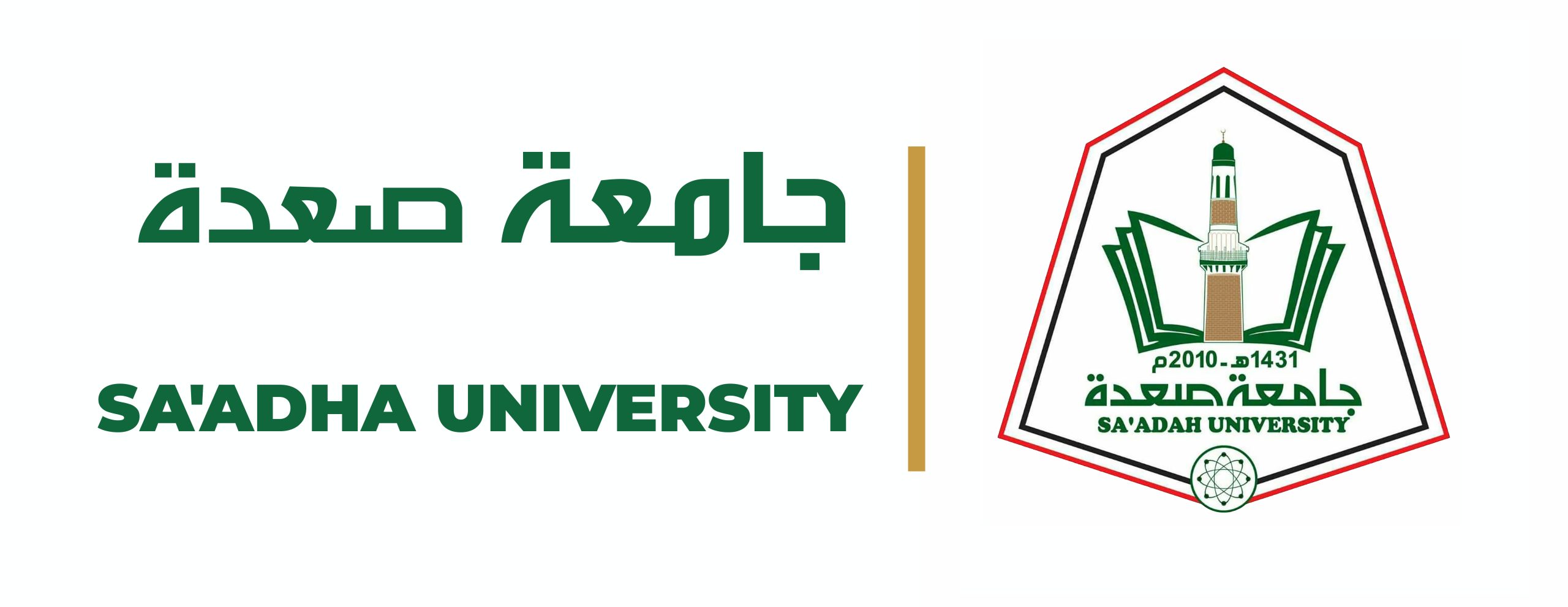واقع ومستقبل زراعة محصول القطن في الجمهوريّة اليمنيّة في ظلّ التكنولوجيا الحديثة
د. يوسف يحيى علي جبار – رئيس قسم الرياضيات – الإدارة العامة للمناهج، وزارة التربية والتعليم
أ. مروان يحيى علي جبار – باحث زراعيّ، الجمعيّة الزراعيّة – محافظة حجة
الملخص: هدف البحث إلى تحديد واقع زراعة محصول القطن في الجمهوريّة اليمنيّة خلال الفترة (2004-2018م)، وآفاق تطوّره في ظلّ التكنولوجيا الحديثة. ولتحقيق هدف البحث استخدم المنهج الوصفيّ (التحليليّ)، وتكوّن مجتمع البحث من جميع المحاصيل الزّراعيّة في الجمهوريّة اليمنيّة، وتمّ اختيار عيّنة بطريقة قصديّة تَمَثّلت في محصول القطن بمحافظات: (الحديدة، أبين، ولحج)، وتكوّنت أداة البحث من بيانات الإحصاءات الزراعيّة الرسميّة في الفترة (2004-2018م) لعيّنة البحث، وتحويلها إلى جداول بيانيّة وفق السّلاسل الزمنيّة، ثمّ تحليلها إحصائيّاً باستخدام برنامجي (Excel) و(SPSS). وقد توصّل البحث إلى عدد من النتائج من أبرزها:
احتلّت محافظة الحديدة المرتبة الأولى في زراعة وإنتاج محصول القطن، تليها في المرتبة الثانية محافظة أبين، وفي المرتبة الثالثة محافظة لحج.
تزايد كمية إنتاج محصول القطن في محافظات (الحديدة، وأبين، ولحج) بنسبة تزايد متقاربة بينها في الفترة (2004-2010م)، ثمّ تناقصت كميّة إنتاج القطن تدريجيّاً للفترة (2011-2016م). وانخفض الإنتاج بشكل كبير جدّاً في السنتين الأخيرتين (2017-2018م)، وقد احتلّت الحديدة أعلى كميّة انخفاض في هذه الفترة؛ حيث انخفض إنتاج محصول القطن فيها من (9,595) طنّاً في عام 2017م، إلى (4,798) طنّاً عام 2018م، وبفارق بلغ نصف الإنتاج خلال سنتين، وقدره (4,797) طنّاً.
وفي ضوء النتائج قدّم البحث عدة توصيات، منها ضرورة استخدام التقنيات الحديثة في زراعة وإنتاج محصول القطن لما لها من نتائج إيجابيّة، وإنشاء هيئة خاصّة بالقطن في مناطق زراعته تتبع وزارة الزّراعة والرّي.
الكلمات المفتاحيّة: المحاصيل الزراعية، محصول القطن، التكنولوجيا الحديثة، الجمهورية اليمنية.
اضغط الرابط التالي لمطالعة البحث:
او اضغط الرابط التالي:
https://drive.google.com/file/d/1XI1IyF-osxwN2QmwU-AwTC-2Ajpt7Rv0/view?usp=sharing
The Reality and Future of Cotton Cultivation in the Republic of Yemen in Light of Modern Technology
Yousif Yahya Ali Jabbar1 & Marwan Yahya Ali Jabbar2
-
Head of Mathematics Department – General Administration of Curricula, Ministry of Education
-
Agricultural Researcher, Agricultural Society – Hajjah Governorate

